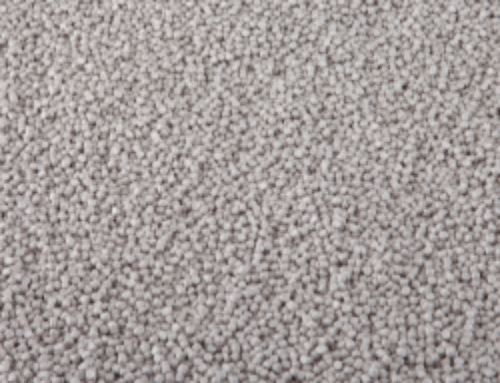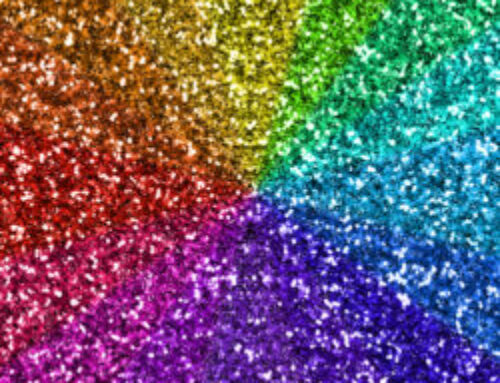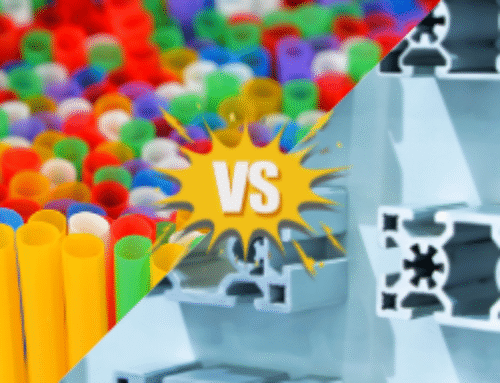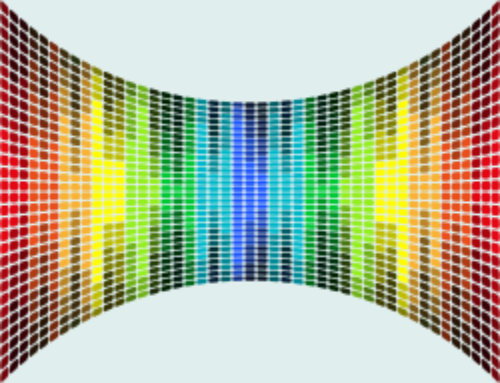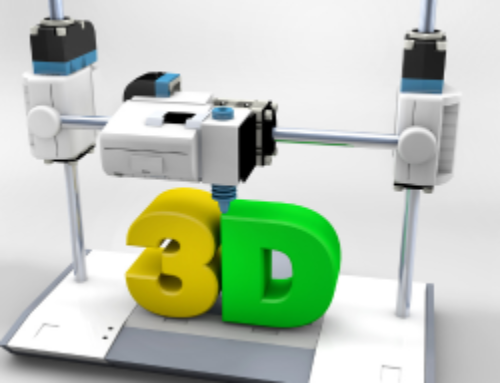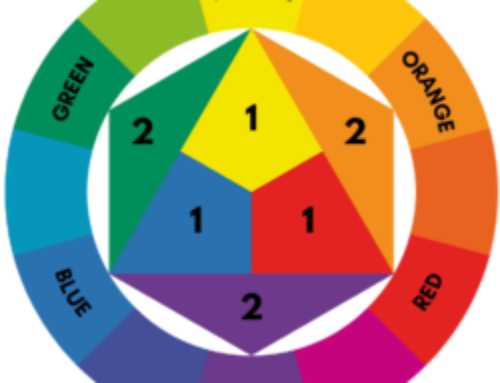Common Moisture-Sensitive Resins
| Resin | Typical Drying Requirement | Common Color/Appearance Issues |
|---|---|---|
| PET | 4-6 hours at 325°F | Cloudiness, yellowing, brittleness |
| Nylon (PA6, PA66) | 3-6 hours at 180-200°F | Splay, color fading, bubbles |
| Polycarbonate (PC) | 2-4 hours at 250°F | Microbubbles, haze, warping |
| PBT | 3-4 hours at 250°F | Splay, gloss loss, color shift |
| ABS | 2-3 hours at 180°F | Minor streaking, dullness |
| TPEs* | 1-3 hours at 170-190°F | Surface defects, stickiness |
Specific Impacts on Color & Appearance
Color Shift and Yellowing
Moisture causes hydrolysis—breaking down polymer chains during molding. In PET or nylon, this can lead to visible yellowing or darkening, even if the initial color match was perfect.
Surface Blemishes
Boiling moisture expands rapidly during molding, forming bubbles beneath the surface or visible splay (silvery streaks).
In transparent or glossy parts, even minor moisture defects are magnified by the reflection and refraction of light—instantly ruining the visual appeal.
Loss of Opacity and Consistency
When processing opaque colors, trapped moisture can create inconsistent pigment distribution or microvoids that scatter light unevenly.
This results in parts that look patchy, translucent where they should be solid, or simply “off” from the approved standard.
How Proper Drying Solves These Problems
Consistent Color Appearance
Removing moisture ensures the resin behaves predictably, allowing pigments to develop the intended shade during melt processing.
Surface Quality Protection
Dry resin prevents bubbles, haze, and splay, maintaining the visual polish or texture designed for the part.
Performance Preservation
Beyond color, proper drying protects the mechanical properties of the resin—meaning parts won’t just look good, they’ll perform properly too.
